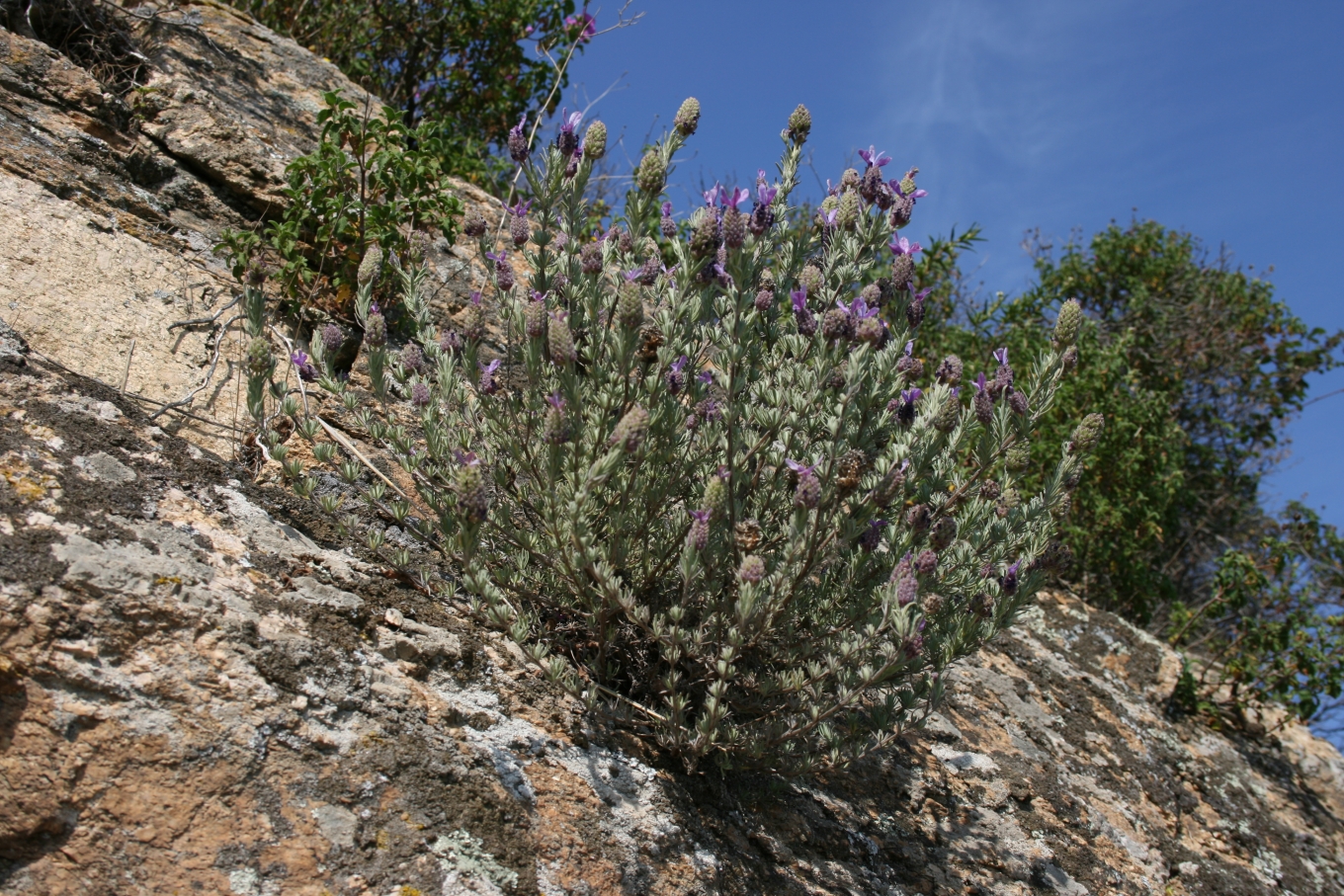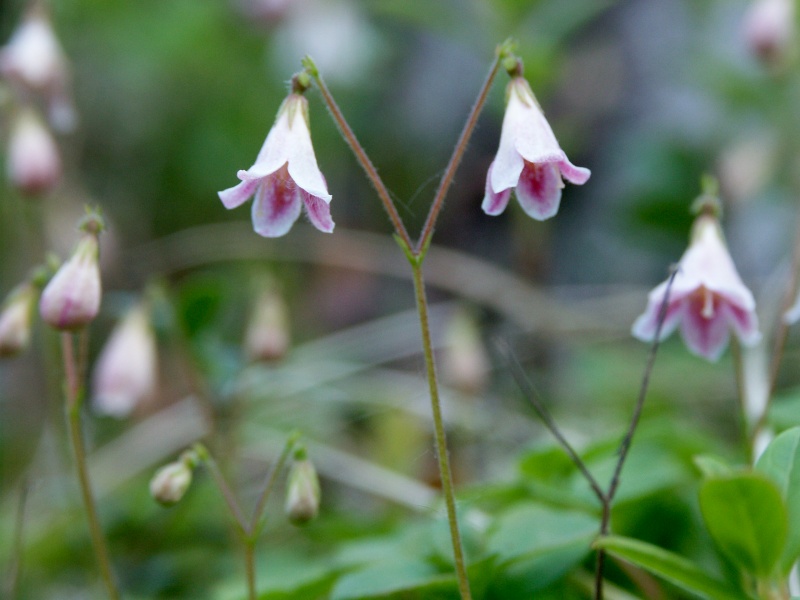Subshrubs on:
[Wikipedia]
[Google]
[Amazon]

 A subshrub (
A subshrub (
 A subshrub (
A subshrub (Latin
Latin (, or , ) is a classical language belonging to the Italic languages, Italic branch of the Indo-European languages. Latin was originally a dialect spoken in the lower Tiber area (then known as Latium) around present-day Rome, but through ...
''suffrutex'') or dwarf shrub is a short shrub
A shrub (often also called a bush) is a small-to-medium-sized perennial woody plant. Unlike herbaceous plants, shrubs have persistent woody stems above the ground. Shrubs can be either deciduous or evergreen. They are distinguished from tree ...
, and is a woody plant
A woody plant is a plant that produces wood as its structural tissue and thus has a hard stem. In cold climates, woody plants further survive winter or dry season above ground, as opposite to herbaceous plants that die back to the ground until sp ...
. Prostrate shrub
A prostrate shrub is a woody plant, most of the branches of which lie upon or just above the ground, rather than being held erect as are the branches of most trees and shrubs.
Background
Prostration may occur because the supporting tissues in ste ...
is a related term. "Subshrub" is often used interchangeably with "bush".Jackson, Benjamin, Daydon; A Glossary of Botanic Terms with their Derivation and Accent; Published by Gerald Duckworth & Co. London, 4th ed 1928
Because the criteria are matters of degree (normally of height) rather than of kind, the definition of a subshrub is not sharply distinguishable from that of a shrub
A shrub (often also called a bush) is a small-to-medium-sized perennial woody plant. Unlike herbaceous plants, shrubs have persistent woody stems above the ground. Shrubs can be either deciduous or evergreen. They are distinguished from tree ...
; examples of reasons for describing plants as subshrubs include ground-hugging stems or low growth habit. Subshrubs may be largely herbaceous
Herbaceous plants are vascular plants that have no persistent woody stems above ground. This broad category of plants includes many perennials, and nearly all annuals and biennials.
Definitions of "herb" and "herbaceous"
The fourth edition o ...
though still classified as woody, with overwintering perennial woody growth much lower-growing than deciduous summer growth. Some plants described as subshrubs are only weakly woody and some persist for only for a few years; others however, such as ''Oldenburgia paradoxa
''Oldenburgia paradoxa Less.'' is a species in the genus ''Oldenburgia'', in the family Asteraceae.
Description
In its habit ''Oldenburgia paradoxa'' is a remarkably dense, usually cushion-shaped, subshrub, typically growing in the form of a he ...
'' live indefinitely (though is still vulnerable to external effects), rooted in rocky cracks.
Small, low shrubs such as lavender
''Lavandula'' (common name lavender) is a genus of 47 known species of flowering plants in the mint family, Lamiaceae. It is native to the Old World and is found in Cape Verde and the Canary Islands, and from Europe across to northern and easte ...
, periwinkle, and thyme
Thyme () is the herb (dried aerial parts) of some members of the genus ''Thymus'' of aromatic perennial evergreen herbs in the mint family Lamiaceae. Thymes are relatives of the oregano genus '' Origanum'', with both plants being mostly indigen ...
, and many shrub-like members of the family Ericaceae
The Ericaceae are a family of flowering plants, commonly known as the heath or heather family, found most commonly in acidic and infertile growing conditions. The family is large, with c.4250 known species spread across 124 genera, making it th ...
, such as cranberries
Cranberries are a group of evergreen dwarf shrubs or trailing vines in the subgenus ''Oxycoccus'' of the genus ''Vaccinium''. In Britain, cranberry may refer to the native species ''Vaccinium oxycoccos'', while in North America, cranberry m ...
and small species of '' Erica'', are often classed as subshrubs.
Definition
A chamaephyte, subshrub or dwarf-shrub is a plant that bears hibernating buds on persistent shoots near the ground – usually woody plants with perennating buds borne close to the ground, usually less than above the soil surface. The significance of the closeness to the ground is that the buds remain within the soil surface layer and are thus somewhat protected from various adverse external influences. Accordingly, the chamaephytehabit
A habit (or wont as a humorous and formal term) is a routine of behavior that is repeated regularly and tends to occur subconsciously.
is especially common in stressful environments, for example:
* ecosystems on nutrient-poor soils or rock
* exposed alpine or arctic ecosystems where seasonal or perennial wind and freezing conditions are prone to kill vulnerable growing shoots
* ecosystems subject to frequent fires and burning, where many species of e.g. ''Banksia
''Banksia'' is a genus of around 170 species in the plant family Proteaceae. These Australian wildflowers and popular garden plants are easily recognised by their characteristic flower spikes, and fruiting "cones" and heads. ''Banksias'' range ...
'' or ''Eucalyptus
''Eucalyptus'' () is a genus of over seven hundred species of flowering trees, shrubs or mallees in the myrtle family, Myrtaceae. Along with several other genera in the tribe Eucalypteae, including '' Corymbia'', they are commonly known as ...
'' regrow from a lignotuber
A lignotuber is a woody swelling of the root crown possessed by some plants as a protection against destruction of the plant stem, such as by fire. Other woody plants may develop basal burls as a similar survival strategy, often as a response t ...
or caudex
A caudex (plural: caudices) of a plant is a stem, but the term is also used to mean a rootstock and particularly a basal stem structure from which new growth arises.pages 456 and 695
In the strict sense of the term, meaning a stem, "caudex" is ...
.
* heavily grazed or overgrazed ecosystems, such as tortoise turf
Examples of chamaephytes
The term chamaephyte is most formally used within the context of Raunkiær plant life-forms' classification. Examples of chamaephytes are many of the species living in themaquis shrubland
220px, Low maquis in Corsica
220px, High ''macchia'' in Sardinia
( , , ) or ( , ; often in Italian; hr, makija; ; ) is a shrubland biome in the Mediterranean region, typically consisting of densely growing evergreen shrubs.
Maquis is c ...
and other plants of submediterranean dry ecosystems (species such as thyme, ''Thymus vulgaris
''Thymus vulgaris'' (common thyme, German thyme, garden thyme or just thyme) is a species of flowering plant in the mint family Lamiaceae, native to southern Europe from the western Mediterranean to southern Italy. Growing to tall by wide, it ...
'', and rosemary, ''Salvia rosmarinus
''Salvia rosmarinus'' (), commonly known as rosemary, is a shrub with fragrant, evergreen, needle-like leaves and white, pink, purple, or blue flowers, native to the Mediterranean region. Until 2017, it was known by the scientific name ''Rosmari ...
''); others include heather species (e.g. ''Calluna vulgaris
''Calluna vulgaris'', common heather, ling, or simply heather, is the sole species in the genus ''Calluna'' in the flowering plant family Ericaceae. It is a low-growing evergreen shrub growing to tall, or rarely to and taller, and is found wid ...
'' and '' Ericas''), African wild olive (''Olea europaea
The olive, botanical name ''Olea europaea'', meaning 'European olive' in Latin, is a species of small tree or shrub in the family Oleaceae, found traditionally in the Mediterranean Basin. When in shrub form, it is known as ''Olea europaea'' 'M ...
'' ssp. ''cuspidata'') and edelweiss (''Leontopodium alpinum
''Leontopodium nivale'', commonly called edelweiss (german: Alpen-Edelweiß, English pronunciation ), is a mountain flower belonging to the daisy or sunflower family Asteraceae. The plant prefers rocky limestone places at about altitude. It is ...
''). Chamaephytes also include cushion plant
A cushion plant is a compact, low-growing, mat-forming plant that is found in alpine, subalpine, arctic, or subarctic environments around the world. The term "cushion" is usually applied to woody plants that grow as spreading mats, are limited in ...
s.
See also
*Raunkiær plant life-form
The Raunkiær system is a system for categorizing plants using life-form categories, devised by Danish botanist Christen C. Raunkiær and later extended by various authors.
History
It was first proposed in a talk to the ''Danish Botanical Soc ...
*Shrub
A shrub (often also called a bush) is a small-to-medium-sized perennial woody plant. Unlike herbaceous plants, shrubs have persistent woody stems above the ground. Shrubs can be either deciduous or evergreen. They are distinguished from tree ...
*Prostrate shrub
A prostrate shrub is a woody plant, most of the branches of which lie upon or just above the ground, rather than being held erect as are the branches of most trees and shrubs.
Background
Prostration may occur because the supporting tissues in ste ...
*Woody plant
A woody plant is a plant that produces wood as its structural tissue and thus has a hard stem. In cold climates, woody plants further survive winter or dry season above ground, as opposite to herbaceous plants that die back to the ground until sp ...
References
{{botany Plant life-forms Plant morphology Mediterranean forests, woodlands, and scrub Plants by habit